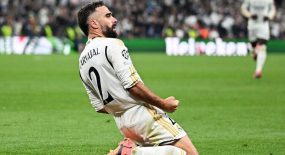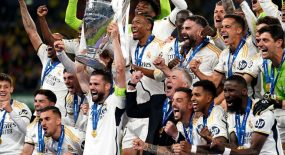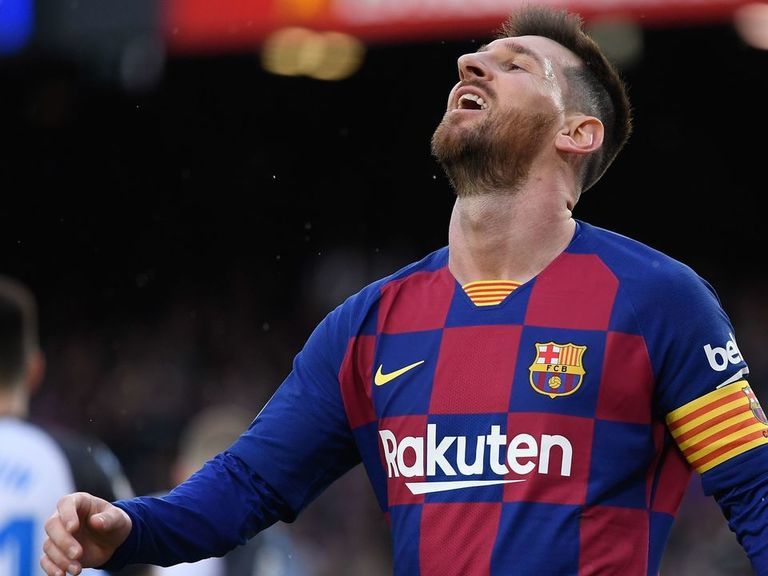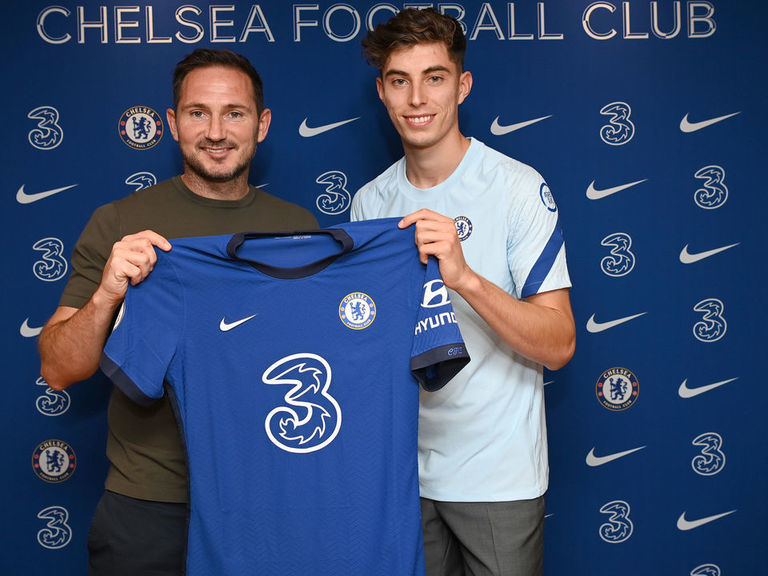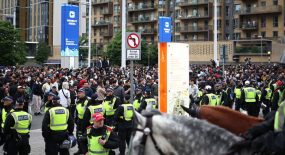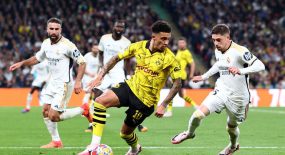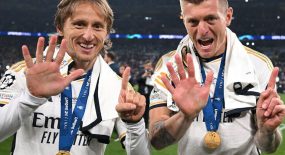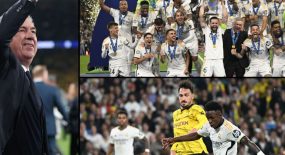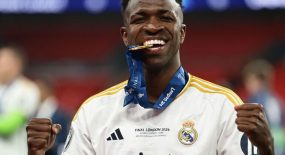CINCINNATI — Add captain to the list of Joe Burrow’s titles.
The Cincinnati Bengals rookie quarterback was named one of seven team captains before he makes his NFL debut Sunday against the Los Angeles Chargers.
Wednesday’s announcement is not a surprise considering how teammates have complimented his leadership since the team convened for the 2020 season.
1 Related
“It makes you feel good for sure,” Burrow said in July. “But I’m going to have to continue to do my job. If I don’t play well, that all goes out the window. That’s what I’m focused on right now is playing really, really well and doing my job.”
Three of the team’s seven captains — Burrow, safety ?Vonn Bell and linebacker Josh Bynes — were not on the team last season.
On Monday, Bengals second-year coach Zac Taylor said Burrow has been cemented as the team’s starter for so long that it felt as if it occurred “years ago.” The top pick in the 2020 draft is the lone quarterback taken in the first round to be named his team’s Week 1 starter.
After a preseason scrimmage, Taylor said Burrow’s leadership in the huddle is one of the reasons he felt the recent Heisman Trophy winner was unquestionably the team’s top quarterback. That wasn’t lost on his teammates.
“To be honest, I think what popped off the most about Joe Burrow is his leadership and how he takes the huddle,” Bengals running back
Burrow has also been out front in other matters. The team selected the rookie to deliver half of the team’s recent public statement denouncing racism. “My teammates have done a great job of making me feel comfortable and part of the team, and that’s not always the case as a rookie,” Burrow said Aug. 30. “So it really did make me feel at home.” The Bengals are looking to bounce back from a 2-14 season in 2019, the franchise’s worst record in 17 years. “Any time you play the first game, you want to come out and play really well,” Burrow said Wednesday. “Win the game and kinda jump-start your season. At the same time, it’s a long season. I’m obviously focused on Game 1, but we got 16, 17 other games. … I’m not out there to win, go .500, squeak into the playoffs. I’m here to win games and win championships.”




